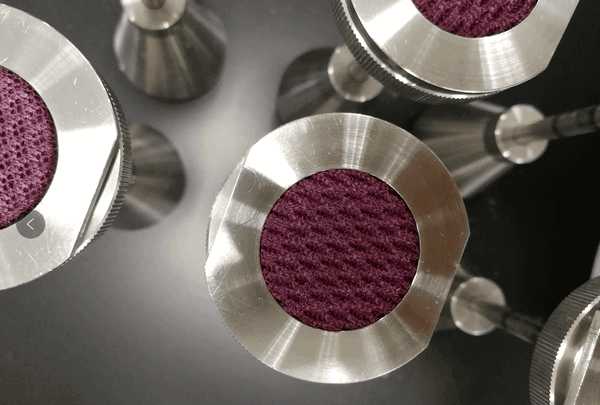- Qinsun Instruments Co., Ltd.
- Tell:+86-21-6780 0179
- Phone:+86-17740808215
- Address:No. 2578 Minhang District Gu Dai Road, Shanghai
- Contact:Mr. Li
- QQ:846490659
Common compensators for gas pipelines

Types of corrugated compensators for gas pipelines
Automatic compensation of pipelines
It utilizes the natural bending on the pipeline to absorb the thermal elongation deformation of the pipeline, commonly known as L-shaped or Z-shaped. L-shaped and Z-shaped corrugated compensators (also known as natural compensators) can be constructed using elbows in pipelines and are easy to install. In pipeline construction, these two types of compensators should be fully utilized for thermal expansion compensation, and then other types of corrugated compensators should be considered. The advantage of automatic compensation is that it can save ripple compensators, but the disadvantage is that it generates lateral displacement when the pipeline deforms.
2 square ripple compensator
Square corrugated compensators are widely used in carbon steel, stainless steel pipelines, and non-ferrous metal pipelines. The ripple compensator consists of four 90. The bent pipe is composed of cold or hot bending methods, and can also be bent using wrinkled bends. The advantages of square ripple compensator are easy manufacturing, small axial thrust, large compensation, reliable operation, good tightness, and no need for frequent maintenance. The disadvantage of a square corrugated compensator is that it has a longer extended arm on one side, occupies a larger area, and requires the addition of a pipe rack. It is not suitable to use it when the pipe diameter is large.
3 packing ripple compensator
Filler type ripple compensator, also known as sleeve type ripple compensator, can be divided into two types: cast iron and steel. The working principle of the packing ripple compensator is that when the pipeline undergoes thermal expansion and contraction, the large and small sleeves move relative to absorb its expansion length. The reverse thrust between the packing and the sleeve is generated due to friction, and its magnitude is proportional to the pressure inside the pipeline, but independent of the deformation of the pipeline. When installing the packing type ripple compensator, there is a support point at each end of the size sleeve of the packing type compensator, one fixed and one sliding. The advantages of this type of ripple compensator are small footprint, simple installation, low fluid resistance, wall thickness, corrosion resistance, and significant compensation capability. The disadvantages of packing type corrugated compensator are high cost, difficult production, and easy leakage of water and gas. It is suitable for pipelines with large temperature differences, low internal pressure, and less prone to medium leakage. It is often used in atmospheric gas pipelines.
4 drum shaped ripple compensator
The drum shaped corrugated compensator is easy to install, has low fluid resistance, but has low compensation ability and weak strength. It is generally used for medium with large diameter, low pressure, and is afraid of leakage. It is commonly used in blast furnace gas transportation. The drum shaped corrugated compensator should be installed on a bracket with a distance of no more than 6 meters, and generally arranged between two fixed brackets. The advantages of drum type ripple compensator are easy production and low investment; The disadvantage is poor corrosion resistance.
5 ripple compensator
At present, corrugated compensators are commonly used on gas pipelines. The main components of the corrugated compensator are stainless steel corrugated pipes; The main performance includes compensation, elastic stiffness, compressive strength, stability, fatigue strength, etc. When designing a pipeline network, it is generally required that the ripple compensator should meet the requirements of strength, stability, and fatigue life. The larger the compensation amount, the better, and the smaller the stiffness value, the better. The allowable compensation capacity of a ripple compensator is generally calculated at 1/2 to 2/3 of the large compensation capacity. In order to prevent lateral protrusion, the number of waves in the ripple compensator should not be too high. Generally, 1-4 waves are commonly used, because too many waves can disrupt symmetrical deformation.





